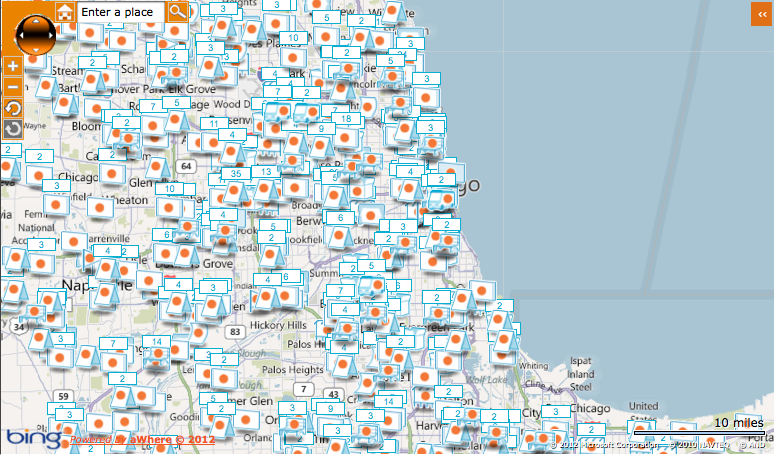Media buyers representing global brands whose target consumer profile is defined partially or in whole by high household income (HHI) are met with placement challenges. One in particular is the number of out-of-home (OOH) advertising options that meet the demographic requirements of their clients. Identifying advertising vehicles that connect with consumers in the $75,000+ HHI shrinks the number of companies that can receive RFPs for global brands that have strong ties to affluent products and lifestyles. Advertising with the Financial Times delivers brand messaging to a readership group that has an average HHI of $366K and average net worth of $2.9M.
Digital Signage Expo® Introduces Engagement Platform to Highlight Innovation at March 6-9 Show
ATLANTA, Jan. 31, 2012 – Digital Signage Expo® (DSE), the world’s largest International Tradeshow and Conference dedicated exclusively to digital signage, interactive technology and digital out-of-home networks (DOOH), has just introduced a new digital engagement platform designed to showcase the ground-breaking innovation, new ideas and envelope-pushing applications that will be featured at DSE in Las Vegas March 6-9th.
Out-of-Home Advertising in Chicago, Illinois
Check out the thousands of advertising opportunities Chicago has to offer! On DOmedia, you can find billboards, street furniture, digital screens, alternative media, transit advertising and many more out of home advertising opportunities in Chicago, Illinois.
Show Off Your Assets: MediaPost Digital Out-of-Home Awards

On April 11th, MediaPost will host the fourth annual Digital Out-of-Home Awards in New York City to celebrate the year’s most innovative and effective advertisements in the realm of digital out-of-home media. Awards are now open for entries: enter your work
The 16 categories for this year’s awards will cover everything from the best digital out-of-home brand campaigns, to the most innovative use of technology and delivery formats, to the best use of location, and the best integrations with other forms of media. Get all the info at the event site.
We’d like to encourage all of the brands and DOOH vendors in the DOmedia Marketplace to enter MediaPost’s Digital Out-of-Home Awards and show off your success! We’d be happy to help you in your application process. Contact us at marketing@domedia.com.
How to Use DOmedia to Find & Buy Out of Home Advertising
Check out the video to learn how to use DOmedia to find and buy out of home advertising using our powerful media search tool. Never has it been this easy to find media products by market, category, venue and target audience. With over 600 media companies, you’ll be sure to find the right vendor for your media campaign on DOmedia.
DOmedia is free for agencies. Use our powerful media search for free.
Request a custom demo of the tools we’ve built for Agencies and see how DOmedia will transform the way you find and buy out of home media.






